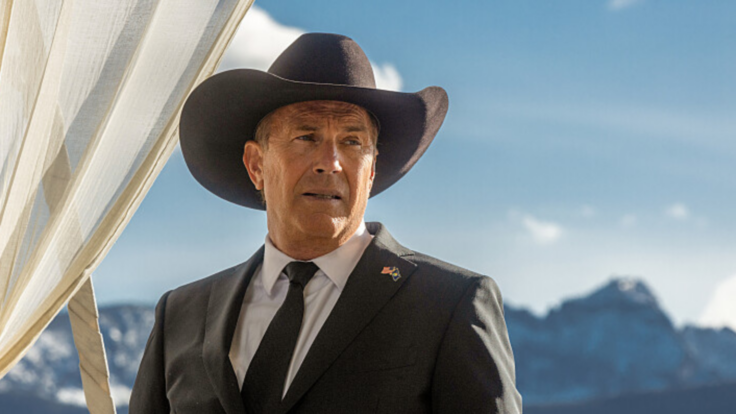Of all the wool that Netflix has pulled over Hollywood’s collective eyes—and there has been an entire sheep’s worth over the years—the lack of transparency in ratings data has been the thickest. “I honestly have no motivation to do it,” co-C.E.O. Ted Sarandos said back in 2013 when asked why he kept secret the viewership of House of Cards. Netflix doesn’t sell ads, he noted, and creators don’t really care about ratings, they just want to make cool stuff. When Kevin Spacey asks, “I just tell him I’m thrilled,” he laughed.
Well, the joke was on the entire creative community. Consumption is the currency of media, and in the few years that followed, Sarandos leveraged that secrecy—and the unique bargaining power it gave him—to build a content delivery machine now worth $300 billion, more than Disney. Netflix was the actual House of Cards—meaning it held all of them, doling out morsels of data only as it benefited Netflix. A friend in business affairs there used to brag to me how that imbalance made him great at his job. Sure, plenty of creators got rich, and agents salivated over the premiums that Netflix offered on their clients’ quotes, but were those clients paid what they were actually worth to Netflix? Only Netflix knew.

















